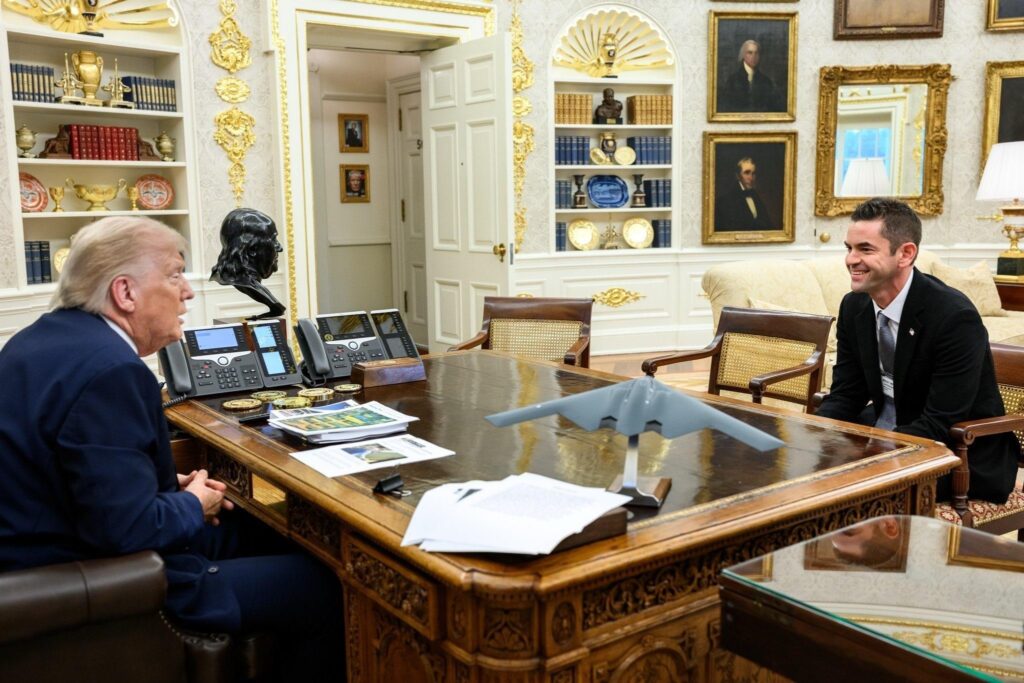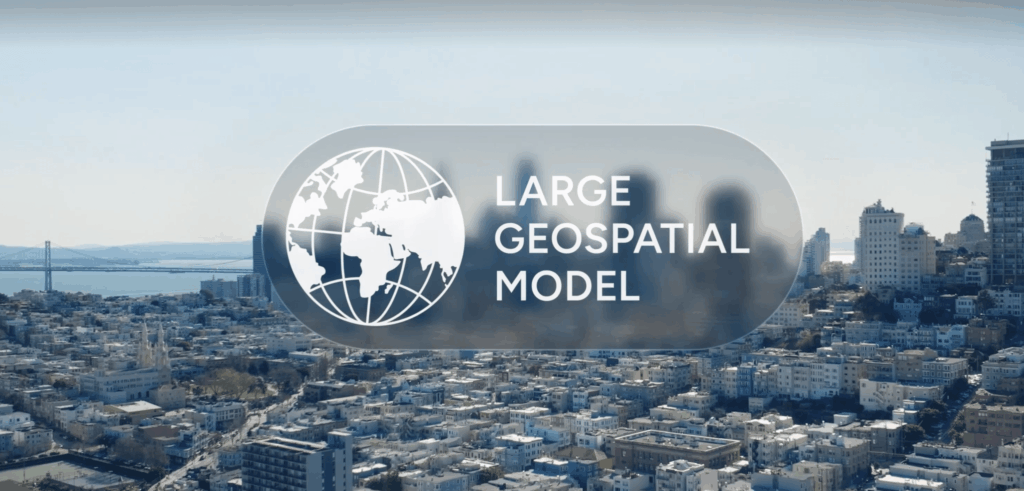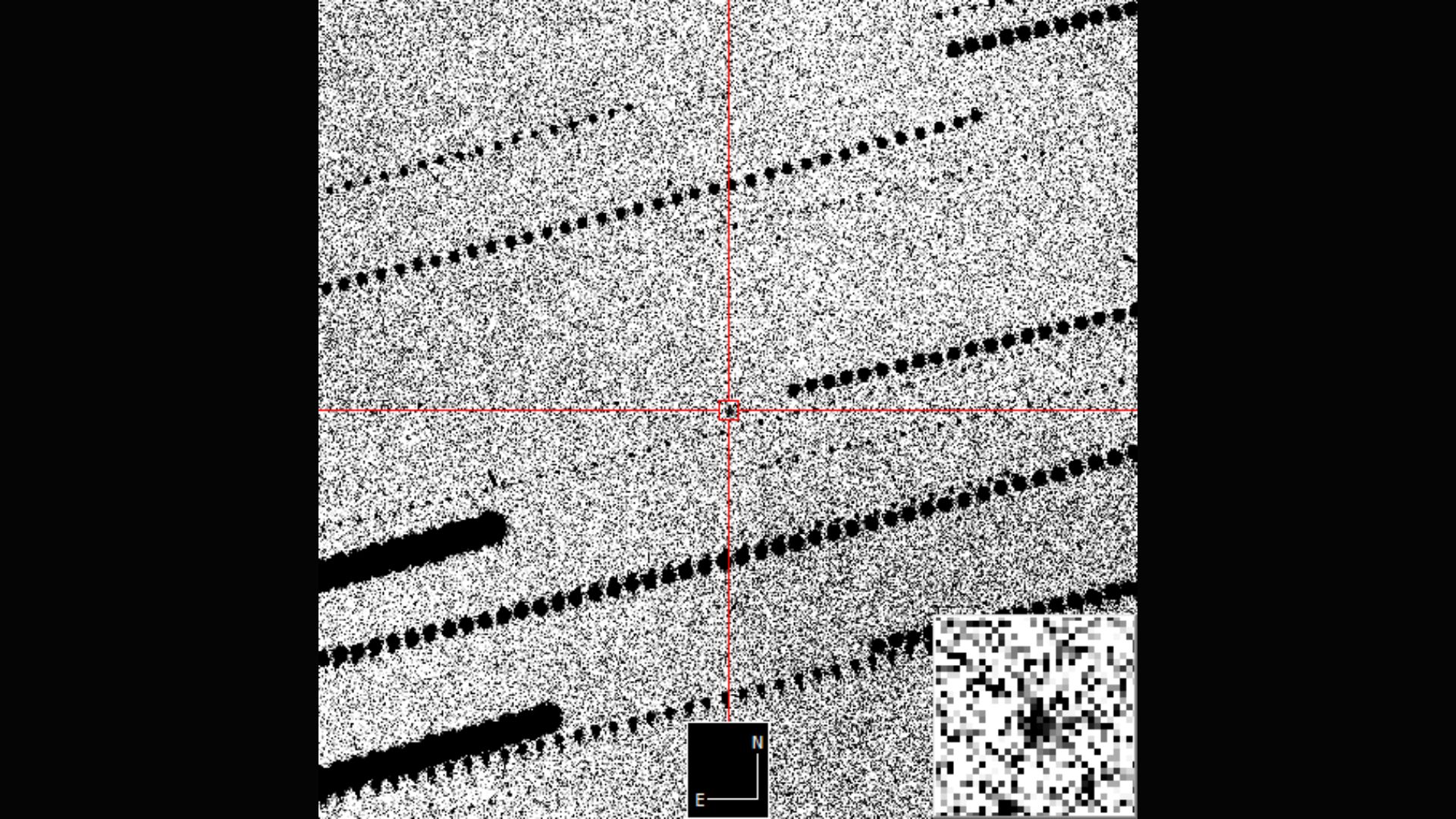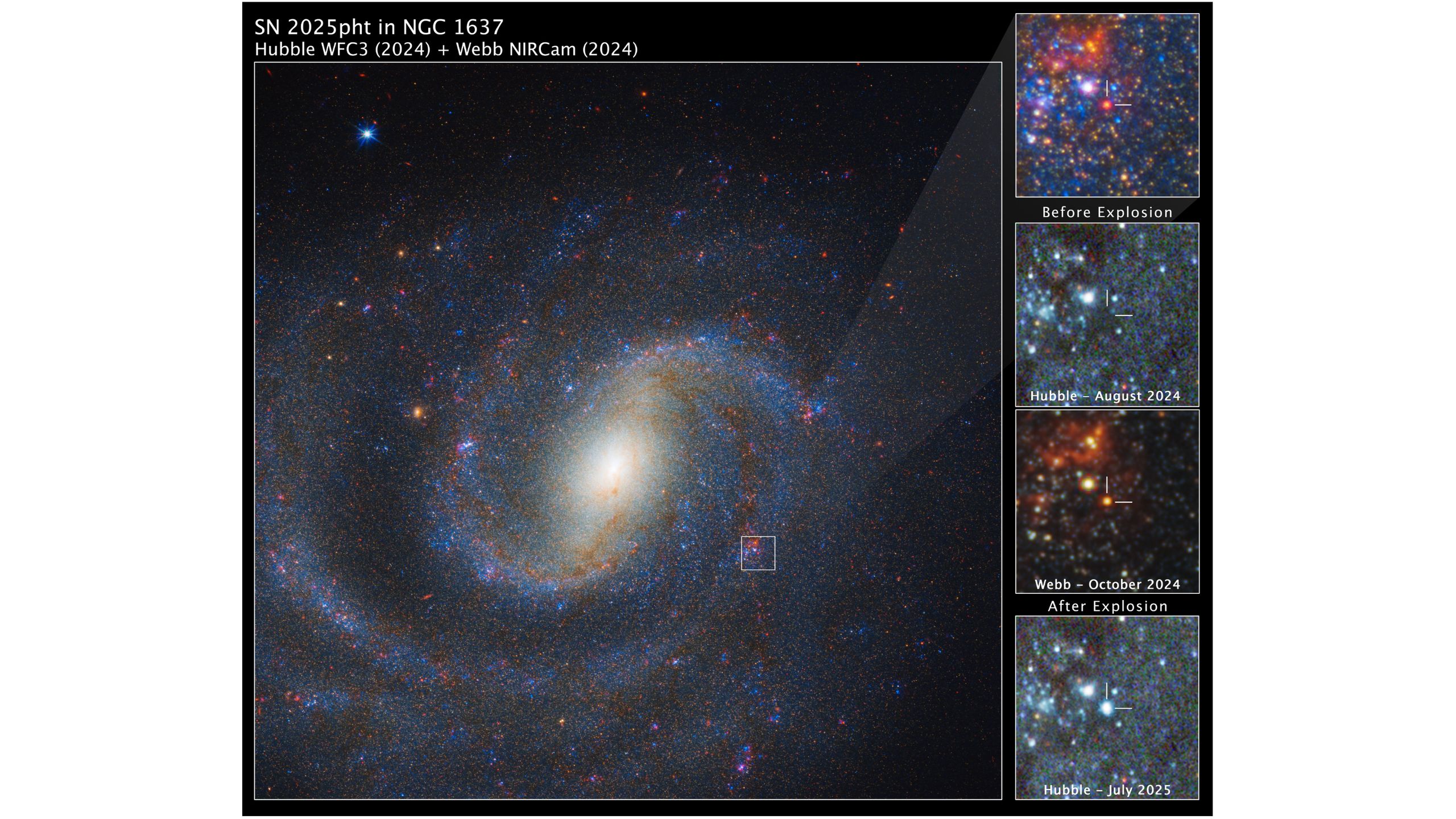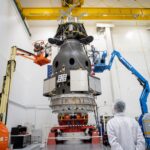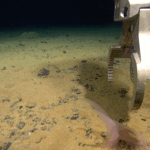Now Reading: Golden Dome: What’s its story?
-
01
Golden Dome: What’s its story?
Golden Dome: What’s its story?
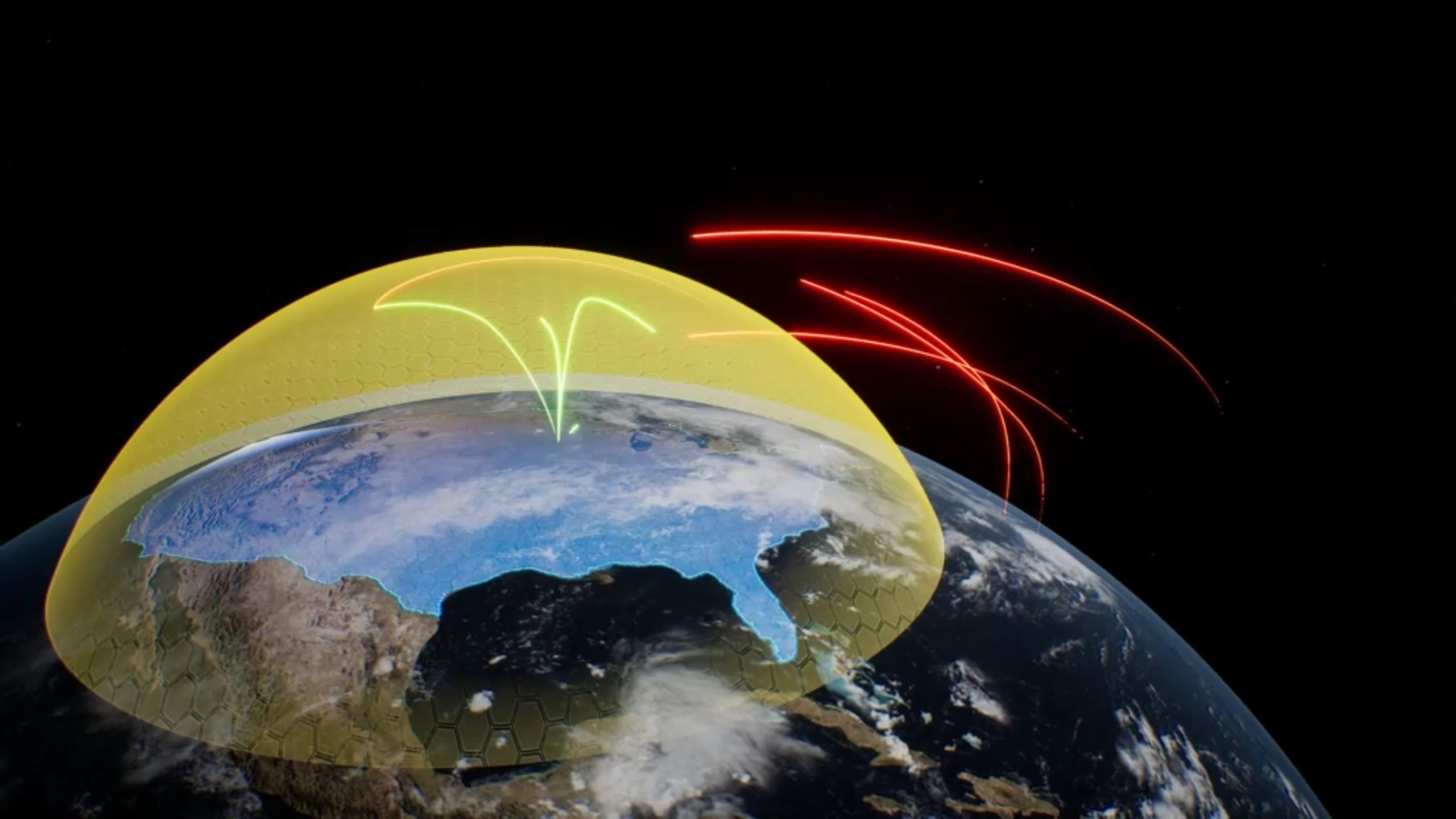

In fewer than 40 months, President Trump’s presidency will end. The question is, will his signature project — the Golden Dome — die with it?
It could survive even if the Republicans lose control of the House or Senate in 2026. How? If the Space Force lofts a “working” space-based interceptor constellation of any sort by 2028, the Republicans could lock the program in no matter who wins the White House in 2029.
None of this, however, would be easy. The project could easily run over budget and behind schedule. Therefore, I recommend hedging with a narrative that could garner bipartisan support — something which has not yet been attempted.
So far, the president has portrayed extending the Golden Dome’s protection as a transactional proposition. He’s demanded Canada pay $71 billion to participate. Other friends and allies of the United States could also be “customers” who will buy access to Golden Dome services and ground-based systems. This cash-and-carry approach feeds a fortress American gestalt. It also makes “globalist” Democrats uncomfortable.
Then, there is what the Golden Dome system might defend. Some supporters argue that its prime mission, initially, would be to protect U.S. offensive nuclear forces and silo-based intercontinental ballistic missiles.While this mission is legitimate, its truculence compares poorly against Reagan’s Strategic Defense Initiative (SDI) rationale.
For Reagan, SDI’s primary mission was to protect people and help eliminate “nuclear missiles.” Reagan wanted to share SDI’s security benefits, even with our adversaries. Reagan, George Schultz and Fred Ikle all backed this mission. The Missile Technology Control Regime, the Intermediate-Range Nuclear Forces Treaty and Reagan’s Reykjavik proposals all support this happy-ending rationale.
In contrast, Trump’s Golden Dome pitch is akin to his tariff strategy — a pay-to-play, zero-sum proposition. This could cause problems. Can the Dome function without Canadian and Mexican cooperation? Aren’t both needed to house warning radars to protect the lower 48 and Alaska? What of NATO? Couldn’t working with them reduce the Dome’s costs?
Playing hard ball with the Dome also risks spooking our allies to go their own way and go nuclear. This could create a nuclear 1914 where America couldn’t be sure of what its allies might do in a crisis, making war more likely.
To prevent this, might the Trump administration propose a transition away from relying on nuclear missile threats to anchoring international security in nonnuclear defenses? This could afford the administration the option of deemphasizing offensive nuclear force spending (such as dramatically reducing the Sentinel buy) in exchange for increased Democratic support of the Golden Dome.
There also is the issue of using the Golden Dome as an anti-satellite system. This function comes with any space-based missile interceptor capability. Used in this fashion, the Golden Dome could produce new forms of space rivalry that could eclipse the nuclear missile contests the major powers currently are engaged in.
What might Russia and China do to counter an American Golden Dome system? Would they pre-deploy nuclear weapons in space? Should the U.S. and like-minded nations demand pre-launch inspections to prevent this? What would the U.S. and its allies be prepared to do if China and Russia blocked such inspections?
Should the U.S. use the Dome’s space-based interceptors to hit terrestrial targets besides missiles? If so used, how might the Dome change U.S. force structure and net military assessments? What new forms of competitive strategies might the Dome set in motion? How might these strategies be impacted if many more nations go nuclear? Will there be more catalytic wars (AKA nuclear Sarajevos)? The answers could easily refashion what constitutes military power.
The Golden Dome could also provide what’s been missing in U.S. arms control diplomacy now for at least a decade — leverage. Should Washington offer to forgo using the Golden Dome to shoot at Russian and Chinese ground targets unrelated to missiles or satellites? What should it ask for in exchange? Is it simply wishful or delusional to believe one could effectively verify space agreements?
Currently, there is no narrative for the Golden Dome that raises or answers these questions. If there were, the Golden Dome could transcend being just another military program on a long list of Pentagon “top priorities.” Instead, it could serve as a new organizing principle for America’s military defense and that of our allies and define the future of strategic deterrence and arms control.
Henry Sokolski is the Executive Director of the Nonproliferation Policy Education Center in Arlington, VA. This article was drawn from Golden Dome: What Its Story?, an edited volume of expert analyses by former SDI officials, historians and space policy practitioners.
SpaceNews is committed to publishing our community’s diverse perspectives. Whether you’re an academic, executive, engineer or even just a concerned citizen of the cosmos, send your arguments and viewpoints to opinion@spacenews.com to be considered for publication online or in our next magazine. The perspectives shared in these opinion articles are solely those of the authors.
Stay Informed With the Latest & Most Important News
Previous Post
Next Post
-
 012024 in Review: Highlights from NASA in Silicon Valley
012024 in Review: Highlights from NASA in Silicon Valley -
 02Panasonic Leica Summilux DG 15mm f/1.7 ASPH review
02Panasonic Leica Summilux DG 15mm f/1.7 ASPH review -
 03From Polymerization-Enabled Folding and Assembly to Chemical Evolution: Key Processes for Emergence of Functional Polymers in the Origin of Life
03From Polymerization-Enabled Folding and Assembly to Chemical Evolution: Key Processes for Emergence of Functional Polymers in the Origin of Life -
 04How New NASA, India Earth Satellite NISAR Will See Earth
04How New NASA, India Earth Satellite NISAR Will See Earth -
 05And Thus Begins A New Year For Life On Earth
05And Thus Begins A New Year For Life On Earth -
 06Astronomy Activation Ambassadors: A New Era
06Astronomy Activation Ambassadors: A New Era -
07SpaceX launch surge helps set new global launch record in 2024













